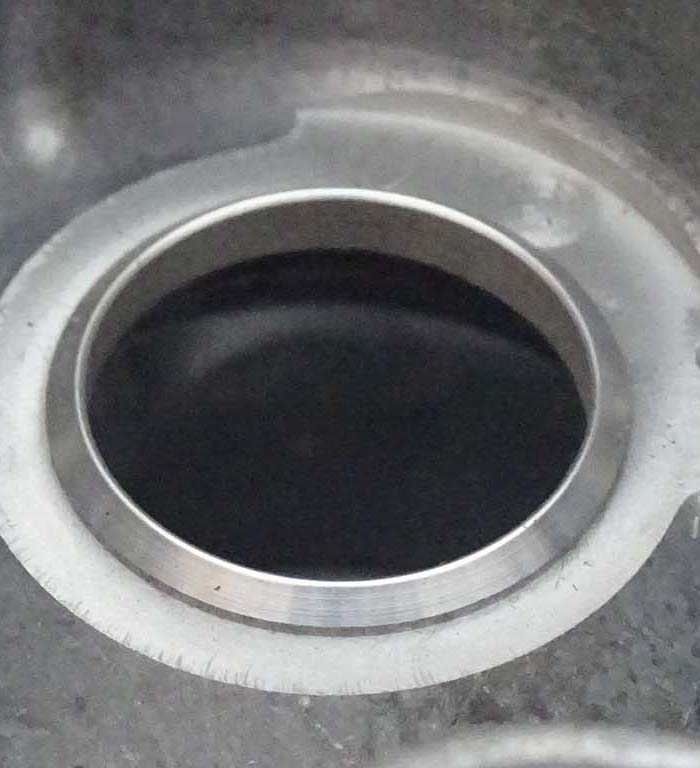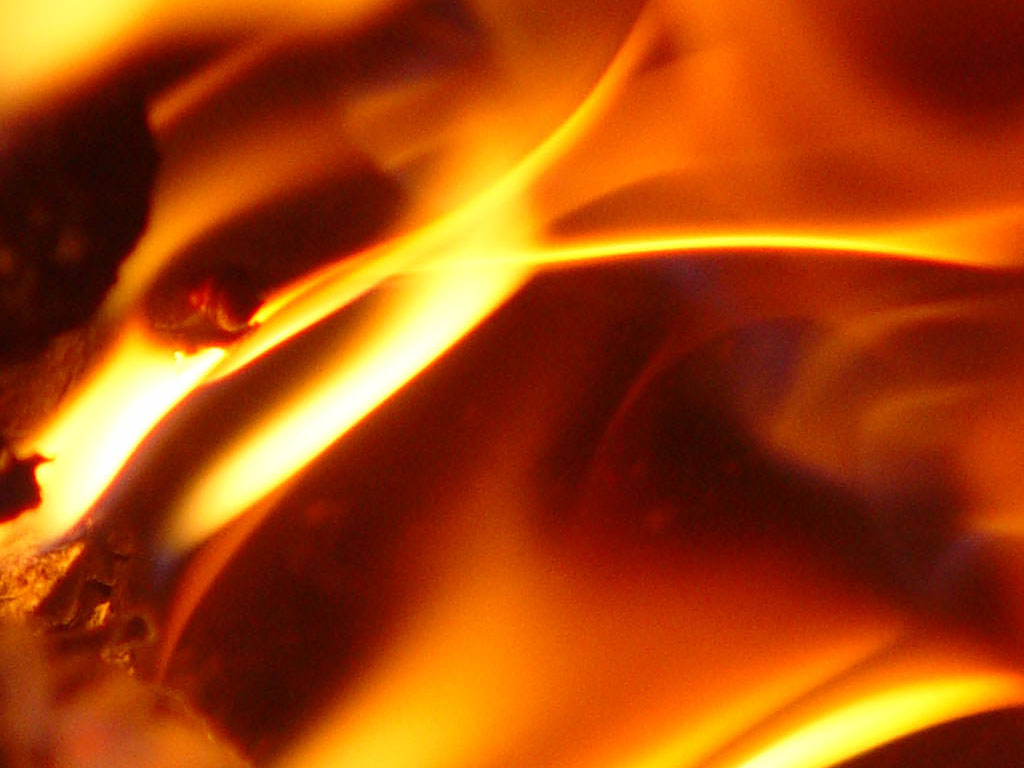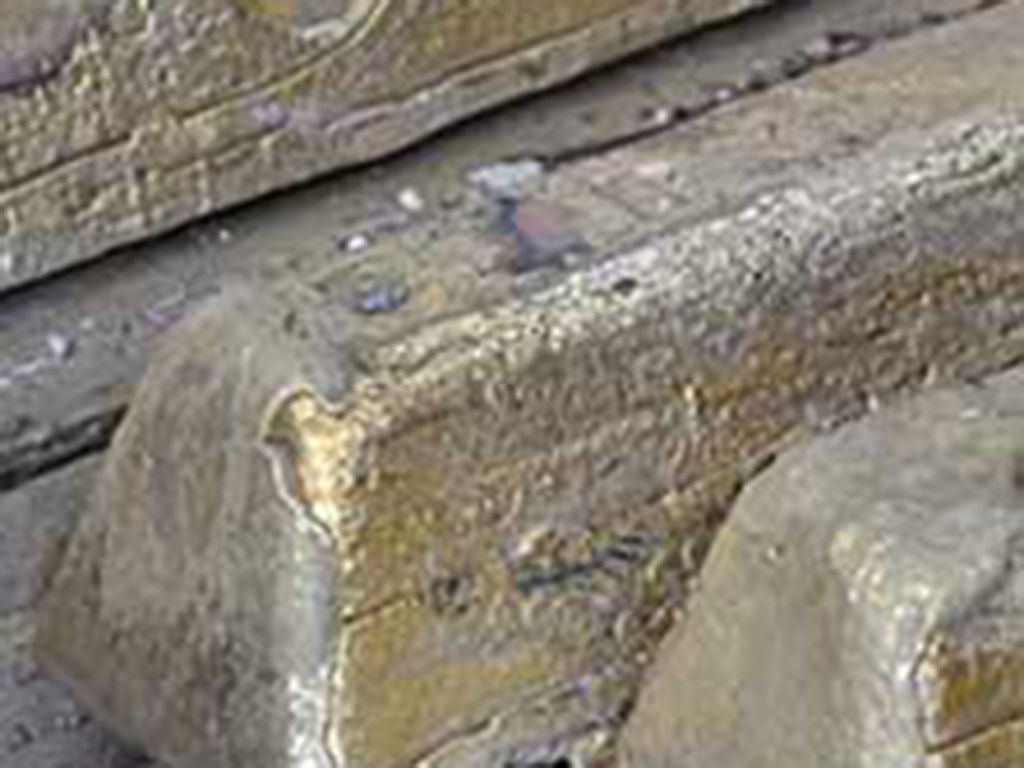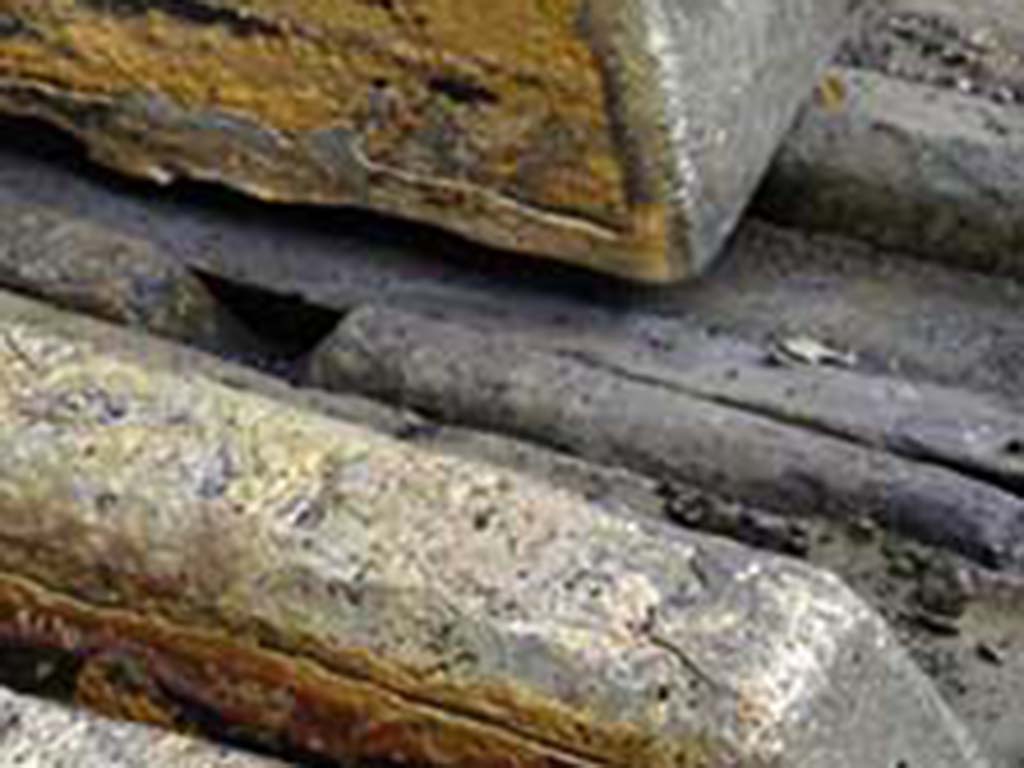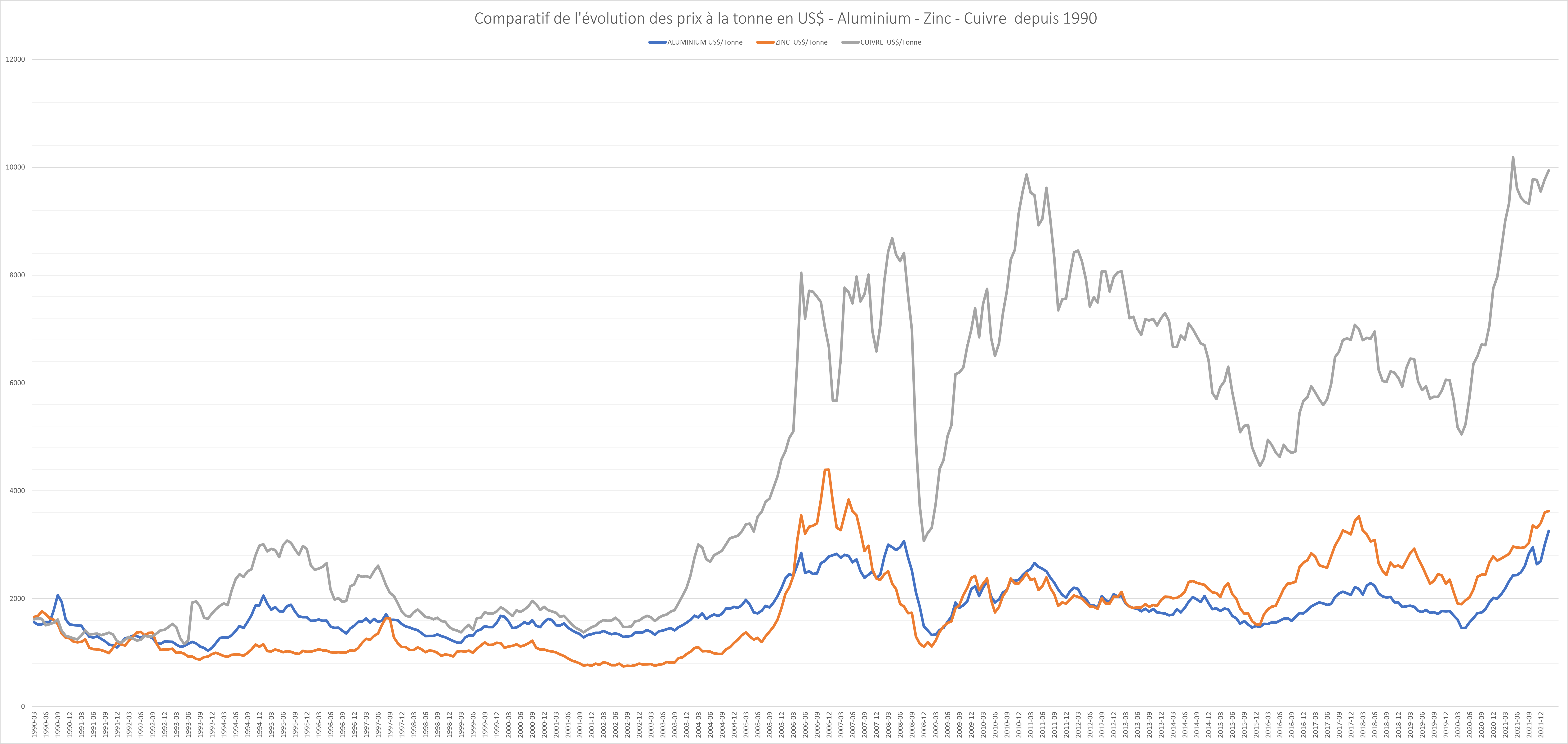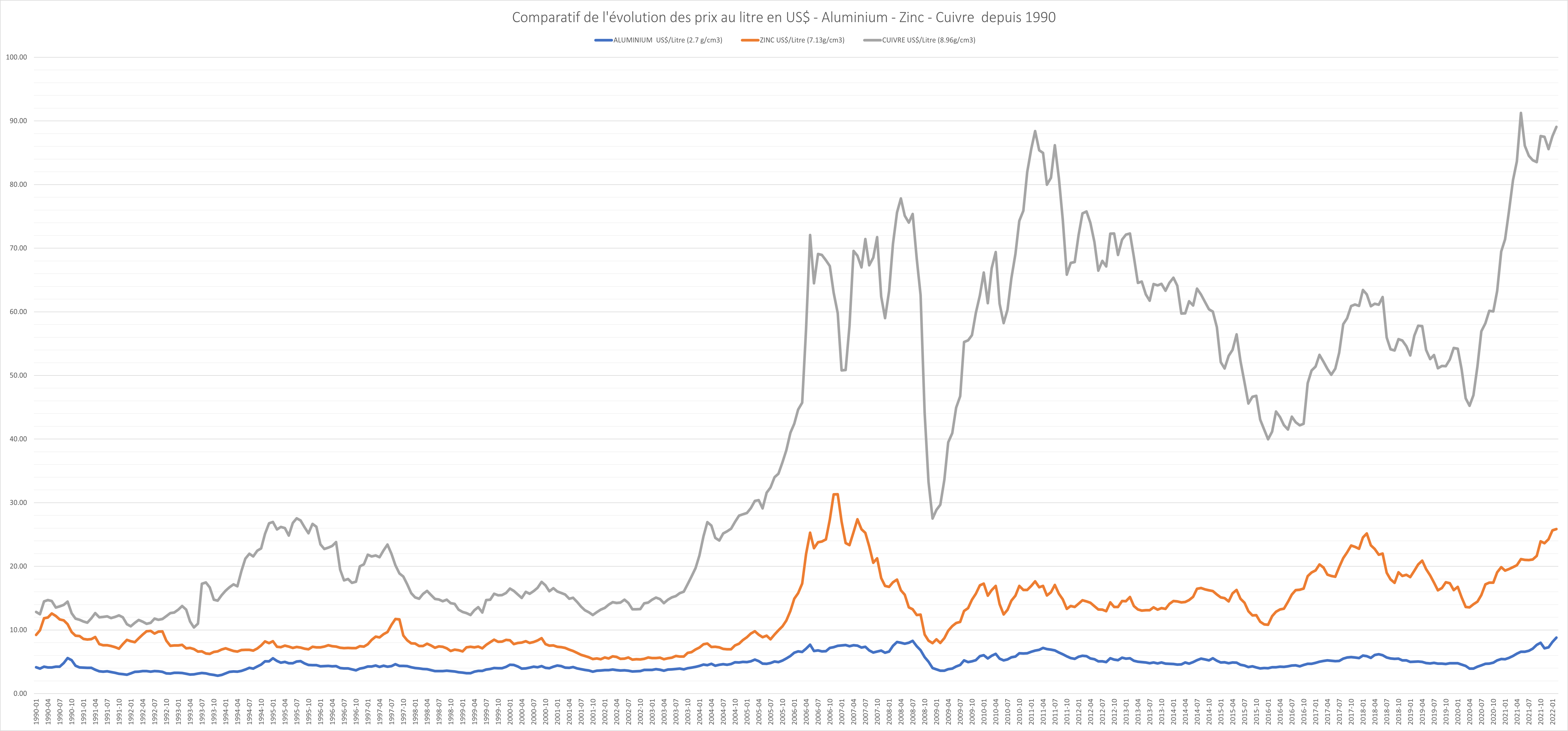Technology associated with non-ferrous metal prices
Alloys A-S9U3 DIN226, A-S12U, A-S12, A-S10G are alloys of high pressure die casting.
The aluminium gravity casting or shell uses A-S13 and A-S7G06.
Zamak 5 is an alloy of high pressure die casting zinc.
The GIRM copper, LME copper, basic and complete brass indices are aimed at the technology of hot stamping (forging).
Finally, CuZn39Pb1AlB is used in the high pressure die casting of brass.
Description of the metal and wage indices
- Monthly and quarterly averages since 2010.
- A-S9U3 MB :aluminium foundry DIN226/a380 - EN AC-46000 - NF EN 1706 average of Fridays of the month €/tonne - source Metal Bulletin.
- A-S12 : aluminium EN AC - 44300 - NF EN 1706 source Affimet - price first day of the month €/tonne.
- A-S12U : aluminium foundry ENAC-47100- NF EN 1706 - monthly average €/tonneAluminium LME: aluminium monthly average LME 3-month contract.
- A-S13 :aluminium source Affimet Calypso 43X - price first day of the month €/tonne.
- A-S10G : aluminium source Affimet - price first day of the month €/tonne.
- A-S7G06 : aluminium source Affimet - price first day of the month €/tonne.
- Cuivre GIRM: Copper Cu-ETP - CW004A - NF EN 12165 - CuA1 monthly average daily price in €/1000 Kg - full price.
- Cuivre LME: LME Copper Seller Cash - monthly average LME daily prices in €/1000 Kg
- Laiton Base : Drop forging brass CuZn39Pb2 - CW617N - NF EN 12165 - Source KME - monthly average base price bar €/100 Kg
- Laiton Com (complet) :Drop forging brass CuZn39Pb2 - CW617N - NF EN 12165 - monthly average full bar price in €/100 Kg (H1701). Basic brass origin KME increased by 97€, 98€, 100€ (01/01/16), 110€ (01/01/22) per 100 kg.
- Laiton Fon :Foundry brass ingots CuZn39 Pb1Al B - CB754S - NF EN 1982 - monthly average full price in €/100 Kg (H1905).
- Zamak 5 : ZnAl4Cu1 - ZL0410 - NF EN1774 monthly average made by us in €/Ton from H1621.
- Zinc LME : monthly average zinc LME 3-month contract buyer/seller US$/tonne.
- Argent €/kg:London price 1st fixing - monthly average source Cookson Clal in €/Kg, Price based on silver surface treatment.
- Euro €/US$ : conversion rate of the EURO € / US $ monthly average.
-ICHTrev-TS : Insee ex UN A3700 revised labour cost index all employees mechanical and electrical industry replaces A3300 since Dec 2008. In Dec 2008: A3300=143, A3700=100. A3300=(A3700 x 143)/100. FSD2/PSDB: FSD 2 index replaces the former PSD B, PSD C, and PSD T.
Document keywords:
A-S9U3 AS9U3 Metal bulletin DIN226 A380 A-S12U AS12U A-S12 AS12 LME A-S13 AS13 A-S10G AS10G A-S7G06 AS7G06 Cuivre Cua1
Girm LME Copper Laiton CuZn39Pb2 CuZn39Pb1AlB Zinc Zamak Zamak5 Argent €/US$ KME
Print
Email


